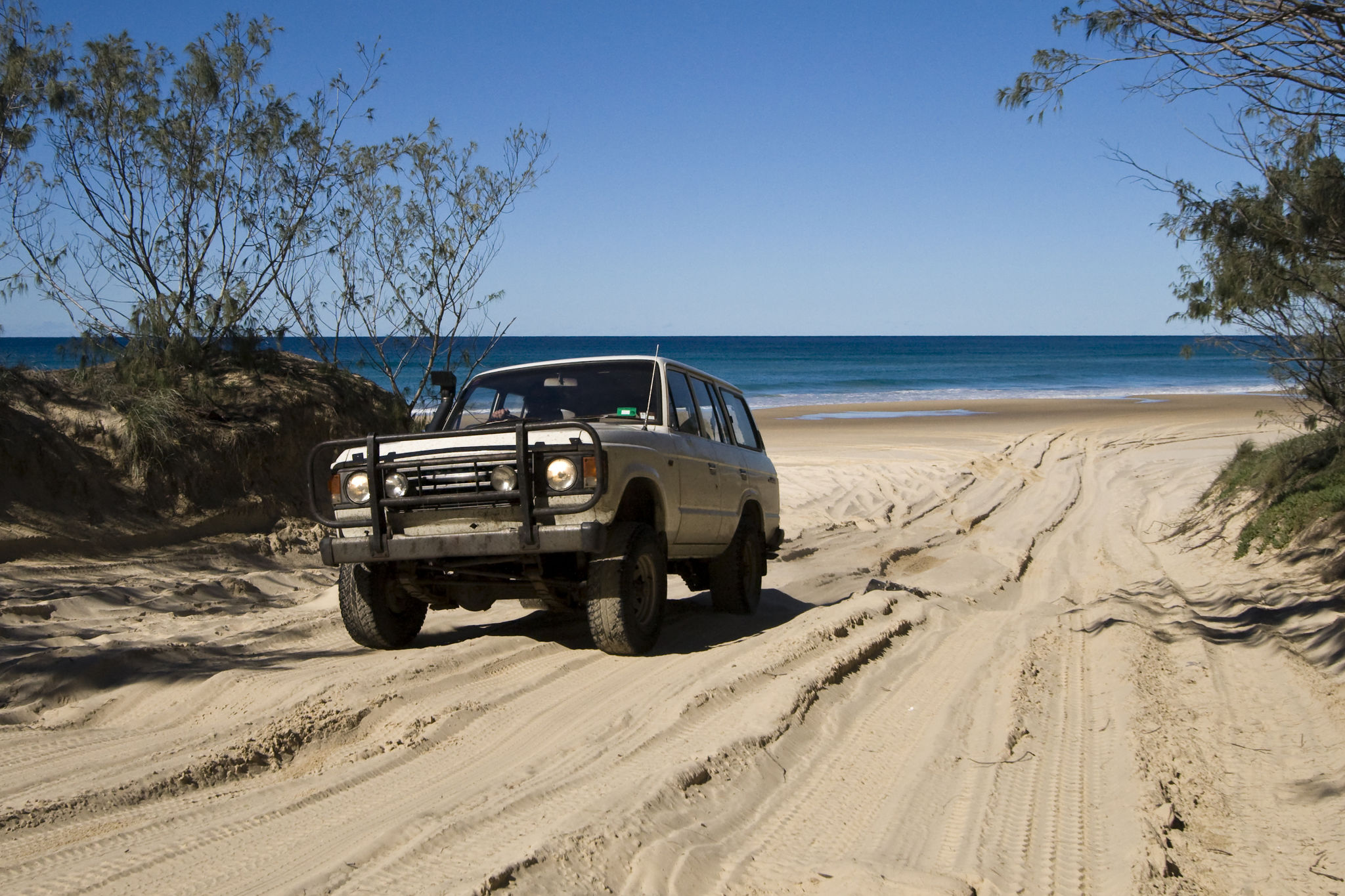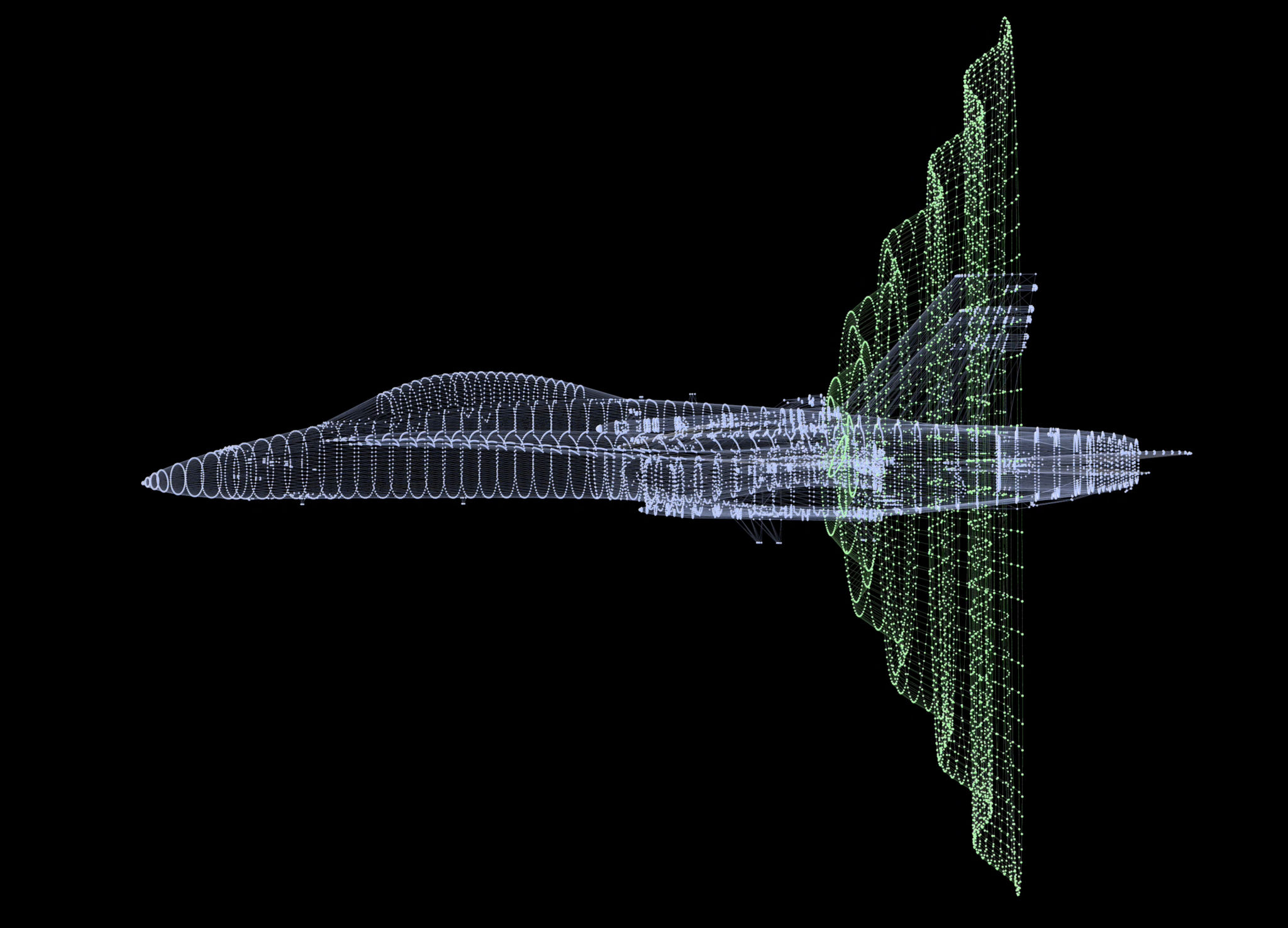Common Mistakes When Designing Custom Trays for Your 4x4 and How to Avoid Them
Understanding the Purpose of Your Custom Tray
Designing custom trays for your 4x4 vehicle is an exciting venture, but it’s important to start with a clear understanding of your needs. A common mistake is diving into the design without assessing its primary purpose. Whether you need it for carrying tools, camping gear, or sports equipment, knowing your specific requirements will guide the entire design process. By identifying your needs, you ensure your custom tray will serve its intended purpose effectively.

Choosing the Wrong Materials
The choice of materials plays a crucial role in the durability and functionality of your custom tray. A frequent error is selecting materials based solely on cost, without considering their suitability for specific conditions. For instance, steel may be strong but can add unnecessary weight, while aluminum offers a lighter alternative but might be more expensive. Consider factors such as weight capacity, weather resistance, and maintenance before making a decision.
Ignoring Weight Distribution
Weight distribution is often overlooked but is critical for vehicle stability and safety. A well-designed custom tray must evenly distribute weight across the vehicle's chassis. Failing to do so can result in steering problems and increased wear on tires and suspension components. To avoid this, ensure that heavier items are placed centrally and use tie-down points to secure loads properly.

Overlooking Accessibility
Accessibility is key when designing a custom tray, yet many designs fail to consider how easy it will be to load and unload items. A tray that is hard to access can make daily tasks cumbersome and frustrating. Think about the height of the tray, the type of tailgate, and any additional features like slide-out drawers or folding sides that could enhance accessibility.
Neglecting Aerodynamics
Aerodynamics might not seem crucial for a 4x4 tray, but poor design can significantly impact fuel efficiency. A mistake here is creating a boxy design that increases drag. Streamlining the shape of your tray and adding features such as wind deflectors can minimize resistance and improve overall performance.

Forgetting Future Needs
While it's essential to design for current needs, forgetting to account for future requirements can limit the longevity of your custom tray. Consider potential changes in use or additional accessories you might want to add later. Designing with modularity in mind allows for easy adjustments and upgrades down the line.
Skimping on Quality Assurance
After finalizing your custom tray design, it's crucial to perform thorough quality checks. A common oversight is skipping this step, which can lead to unforeseen issues and costly repairs. Ensure all components are securely fastened and test for any potential weaknesses or faults before hitting the road.
By avoiding these common mistakes, you can create a custom tray that not only enhances the functionality of your 4x4 but also stands the test of time. Remember, a well-thought-out design today can save you significant hassle and expense in the future.
